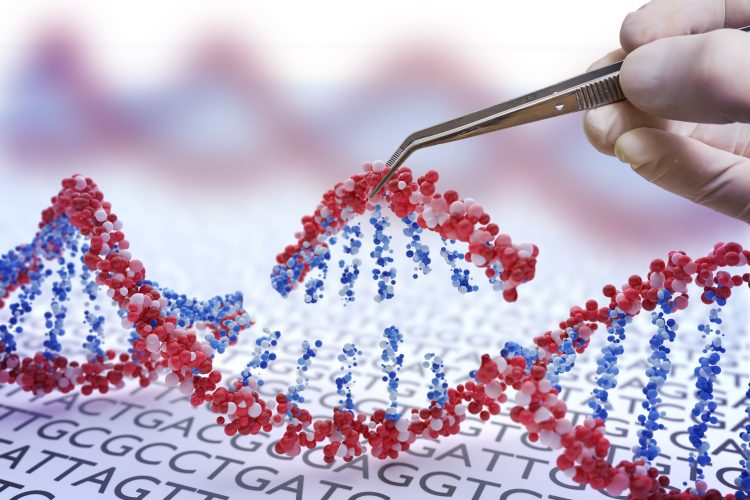TALEN is a more efficient gene editing tool for tightly packed DNA, finds study
Posted: 28 January 2021 | Hannah Balfour (Drug Target Review) | No comments yet
TALEN was shown to be almost five times more efficient than CRISPR-Cas9 at locating and editing genes in heterochromatin.


Using single-molecule imaging to study the behaviour of two genome editing tools, CRISPR-Cas9 and TALEN, researchers found that TALEN is more efficient in the tightly packed, heterochromatin regions of the genome.
According to the team, their findings could have implications for a number of genetic disorders associated with genes found in the heterochromatin, including Fragile X syndrome, sickle cell anemia and beta-thalassemia, among others.
Huimin Zhao, a professor of chemical and biomolecular engineering at the University of Illinois Urbana-Champaign, US, who led the new research, explained that their study only adds to the growing body of evidence that a broader selection of genome-editing tools are needed to target all parts of the genome. He added that while CRISPR “is a very powerful tool that led to a revolution in genetic engineering, it still has some limitations”.
CRISPR and its associated enzymes, such as Cas9, are part of the bacterial immune defence. CRISPR detects invading viruses and Cas9 cuts a specific section of their genome, which is then inserted into the bacteria’s own genome to help with future immune defence. TALEN also scans DNA to find and target specific genes. Both CRISPR and TALEN can be engineered to target specific genes to fight disease, facilitate the modelling of human illness in animals and various other applications.
In their study published in Nature Communications, Zhao and his colleagues used single-molecule fluorescence microscopy to observe how the two genome-editing tools performed in living mammalian cells. Fluorescent-labelled tags enabled the researchers to measure how long it took CRISPR and TALEN to move along the DNA and to detect and cut target sites.
“We found that CRISPR works better in the less-tightly wound regions of the genome [euchromatin], but TALEN can access those genes in the heterochromatin region better than CRISPR,” Zhao remarked. “We also saw that TALEN can have higher editing efficiency than CRISPR. It can cut the DNA and then make changes more efficiently than CRISPR.”
According to the team, TALEN was up to five times more efficient than CRISPR in multiple experiments. They added that this was primarily because Cas9 became encumbered by local searches on non-specific sites in the heterochromatin regions.
Zhao said that their findings will lead to improved approaches for targeting various parts of the genome.
He concluded: “Either we can use TALEN for certain applications, or we could try to make CRISPR work better in the heterochromatin.”
Related topics
CRISPR, Gene Therapy, Genome editing, Genomics, Imaging, In Vitro, Technology
Related conditions
beta-thalassemia, Fragile X Syndrome, Sickle cell disease (SCD)
Related organisations
University of Illinois Urbana-Champaign
Related people
Huimin Zhao


